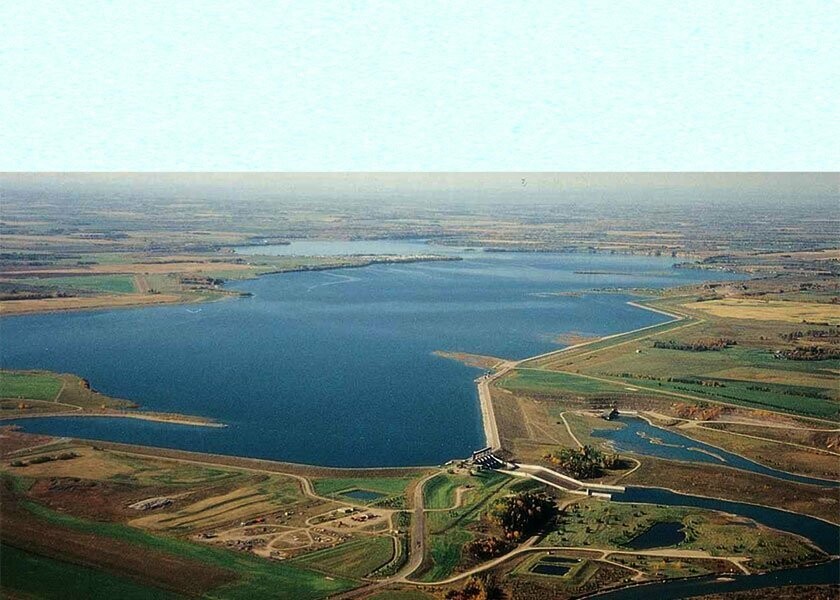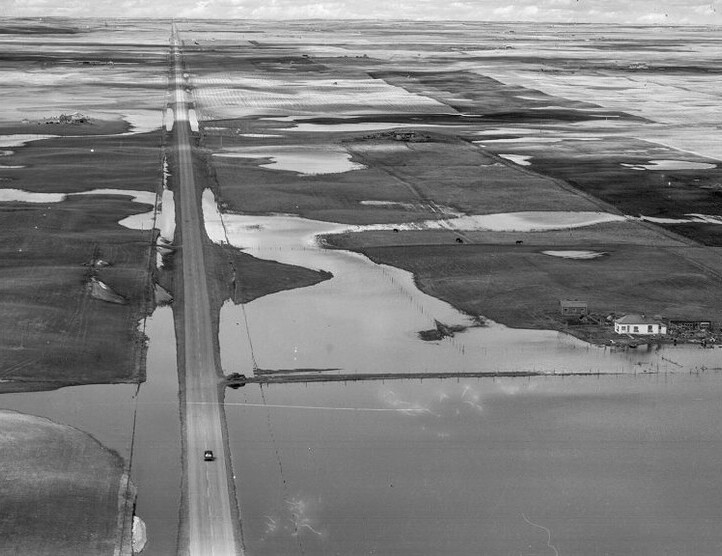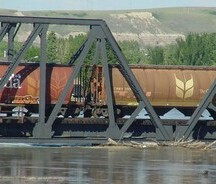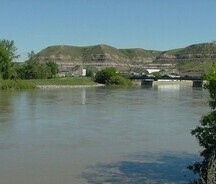Everyone has a role to play in flood readiness by being informed, planning ahead and taking action when the time comes.
Local businesses, organizations, schools, hospitals, and every single member of the community should have their own plan to be safe and to manage the risk and mitigate the damage should a flooding disaster occur. Here you will find recommendations on how to protect yourself, your loved ones and your property with detailed steps to take now so you can act quickly when the next flood is upon us.
For more information please see our Frequently Asked Questions section or contact us at floodreadiness@drumheller.ca






